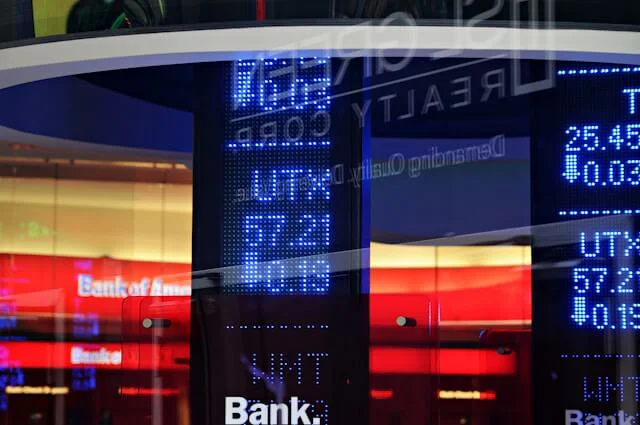Brain Battle's interesting facts
The Greatest Arbitrage Trades in History You’ve Never Heard Of
In 1499 a Venetian galley captain, Francesco de Priuli, sailed home from Calicut with pepper bought for three ducats a quintal and unloaded it on the Rialto at more than forty. His investors recouped the entire cost of the voyage before the sails were furled, proving that distance itself could be priced wrong. Five centuries later a telegraph wire offered Arthur Cutten the same advantage: in September 1896 Chicago Board of Trade wheat quotations lagged London by nearly two hours. By leasing a private cable and dispatching runners to the pit, Cutten bought thousands of futures contracts seconds before Europe’s prices reached America, banking the modern equivalent of $40 million in two weeks.

Even the electronic age left pockets of distortion. In 1981 shares of Royal Dutch in Amsterdam traded 7 percent cheaper than Shell in London, though the two companies split profits 60-40. Princeton mathematician Ed Thorp built portable computers that went long the Dutch line, short the London one, and earned better than 20 percent annualised until the gap vanished. When fibre-optic cables stitched continents together, the battlefield shrank to milliseconds. On 6 May 2010 a microwave link built by Jump Trading beat the fastest fibre from Chicago to New Jersey by just 1.8 milliseconds—long enough to buy S&P 500 futures in Illinois and sell the SPY ETF in New York before the latter reflected the news, clipping fractions of a cent that compounded into an estimated $25 million before competitors caught up.
The heart of arbitrage never changes: notice what everyone else overlooks, and move first.



